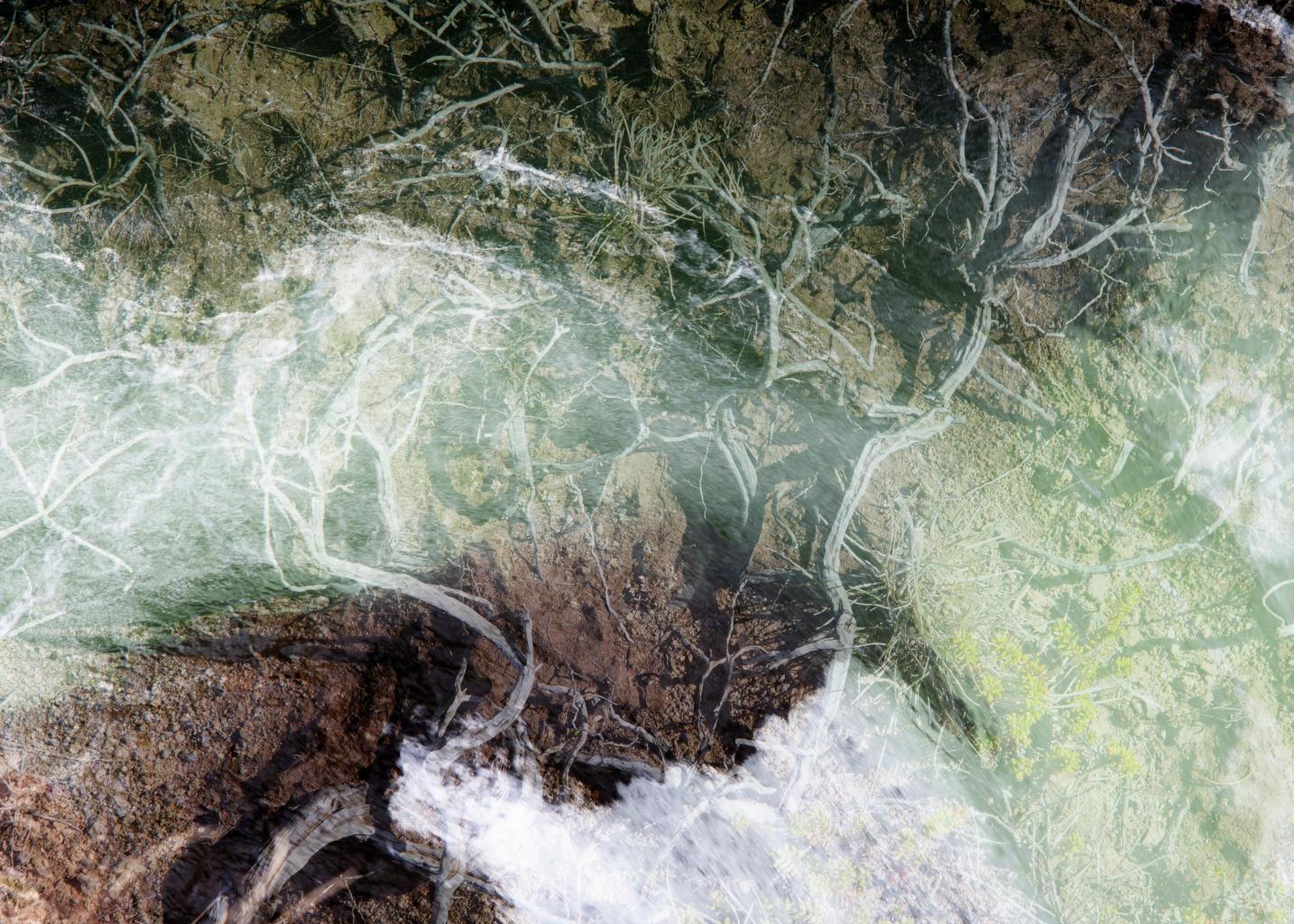Latvian stories in Iceland - exhibition of RSU students’ work at Bergs Bazaar
Between 2017 to 2024, students from the Rīga Stradiņš University (RSU) Faculty of Communication (now the Faculty of Social Sciences) went on several expeditions to visit Latvians in Iceland, together with their lecturers. The content of the exhibition is based on the material from the first and the last expedition (so far), which took place in the summer of 2024. Some of the protagonists in the exhibition, whom we met seven years ago, have told their Iceland stories from two different points in time. Some have changed - grown up - in that time. Others have stayed the same. Some of the stories span almost 20 years, others started relatively recently. But all of them are part of the perspective that this exhibition gives on the lives of Latvians in Iceland - the rocks and the people, the harsh nature and the contrasting humanity of a country that has given many Latvians a new chance.
Participants of the expedition and exhibition:
- Adelīna Darviņa-Kozlovska
- Aleksandra Rosa
- Jeļena Polina Shpolanskaja
- Kristaps Pēkalis
- Līga Felta
- Liliāna Sustrupe
- Linda Ansone
- Renāte Šnore
- Elīna Vilciņa
- Laura Siņutkina
- Anna Junga
- Ārija Bērziņa
- Reina Iesaliņa
- Laila Kaļiņina
- Rihards Slišāns
- Viktorija Zarņicina
- Pēteris Gertners
- Mārtiņš Grāvītis
- Linda Marija Locika
- Nauris Dorobļajs
- Aleksandrs Julians Zarņicins
- Oto Teodors Zariņš
- Frederiks Sebastians Anosovs
- Kirils Vilhelms Ēcis
Curator: Ilva Skulte
Consultant: Diāna Kiščenko
Editor: Marta Herca
Designer: Marta Folkmane
Music Producer: Patriks Tabaks

Photo: Reina Iesaliņa
fascinating forces that can affect human life in unexpected ways. First and foremost, by defining the space in which we live and thus orchestrating migration processes throughout history. But what is human life? Scale and the laws of perspective in the Icelandic landscape devalue it as something that is integrated into the big picture and at the same time insignificantly small compared to mountains, hot springs and waterfalls, and insignificantly short compared to the age of a rock. Looking into a rock can make you lose the sense of time, it makes you stop, be quiet and linger.
In his essay The Love of Stone, the American literary scholar Geoffrey Cohen writes: ‘The lithic is likely to rebuke the arrogance of expecting the nonhuman to be like us and for us. [...] Because of its habit of undermining human singularity, of revealing common materiality as well as recurring affinity, to convey within its materiality the thickness of time, stone triggers the vertigo of inhuman scale, the discomfort of unfamiliar intimacy, and the unnatural desires that keep intermixing the discrete.’1
The rock also reveals the indifferent existence and harshness of nature within us, the perseverance, longing, reality and stories of the people and cultures around us. In Iceland, rocks transcend the sparse forests and meadows where sheep roam and Icelandic horses graze - still an enduring part of the landscape, a reminder of the challenge of survival, wilderness and being at one with nature.
However, the proximity to rocks has not robbed Icelanders of their humanity; on the contrary, it probably reveals life in a closer and deeper way, making people more responsive. Like Latvian society, Icelandic society has been transformed by modernisation and industrialisation over the last few generations. From an agrarian society, it has become developed and modern, and from a closed island community, a multi-community state. In the 21st century alone, the number of immigrants has increased from 3% in 2000 to 20% in 2023. Among them are 2,708 Latvians.2
This exhibition is a story about them - the people and the rocks of the Icelandic landscape. It is about the Latvian people among 383,726 Icelanders3 in a society with a long history of immigration. The Vikings who arrived from Norway in the 9th century were the first known inhabitants of this semi-inhabitable island between mountains, glaciers, volcanoes, fjords in the Norwegian and Greenland Seas and the Atlantic Ocean.
Although only a few stories are covered, the overarching narrative is not monophonic, but polyphonic and even discordant - each story has its own flavour, from a love affair to the adventures of a traveller and explorer stranded on the rocky island. We deliberately wanted the viewer not to see the usual migrant stereotypes in the Icelandic Latvians. There is, however, one common narrative: ‘I didn't know how to live in Latvia, I came here, found a job, settled down, felt like a human being...’
Who is the human being in this story of migration? What part of humanity has been lost and regained? What would we emphasise as particularly precious, inherent to the human being alone, in the separation from the natural materiality of a rock? Not material values, although they play a role in human development. Rather, those that describe a (self-)conscious individual in a particular social environment - such as self-esteem and dignity, which are built in the attitude of one's fellow human beings; security for one's home and family members; comfort, which is respected and cared for by the community; opportunity; positivity; experience; living life (giving time and meaning to this activity); and happiness. These are the key words that our team members in Akureyri, in the north of Iceland, mentioned as the most important when listening to the stories of Icelandic-Latvian life in June this year. We talked a lot about Latvia, which one of us described as an exhausted environment... Latvian forests and meadows in contrast to Icelandic rocks? Or Latvian people in contrast to Icelanders.
Many thanks to the University of Akureyri, personally to Professor Markus Meckl, and to the RSU Alumni Association, personally to Paula Feldmane-Jumīte, for their support.
1 Cohen, J. J. (2015). Geophilia, or the love of stone. continent., 4(2), 8-18
2 Statistics Iceland (2024). Population, Inhabitants, Background 1996-2023
3 Ibidem




